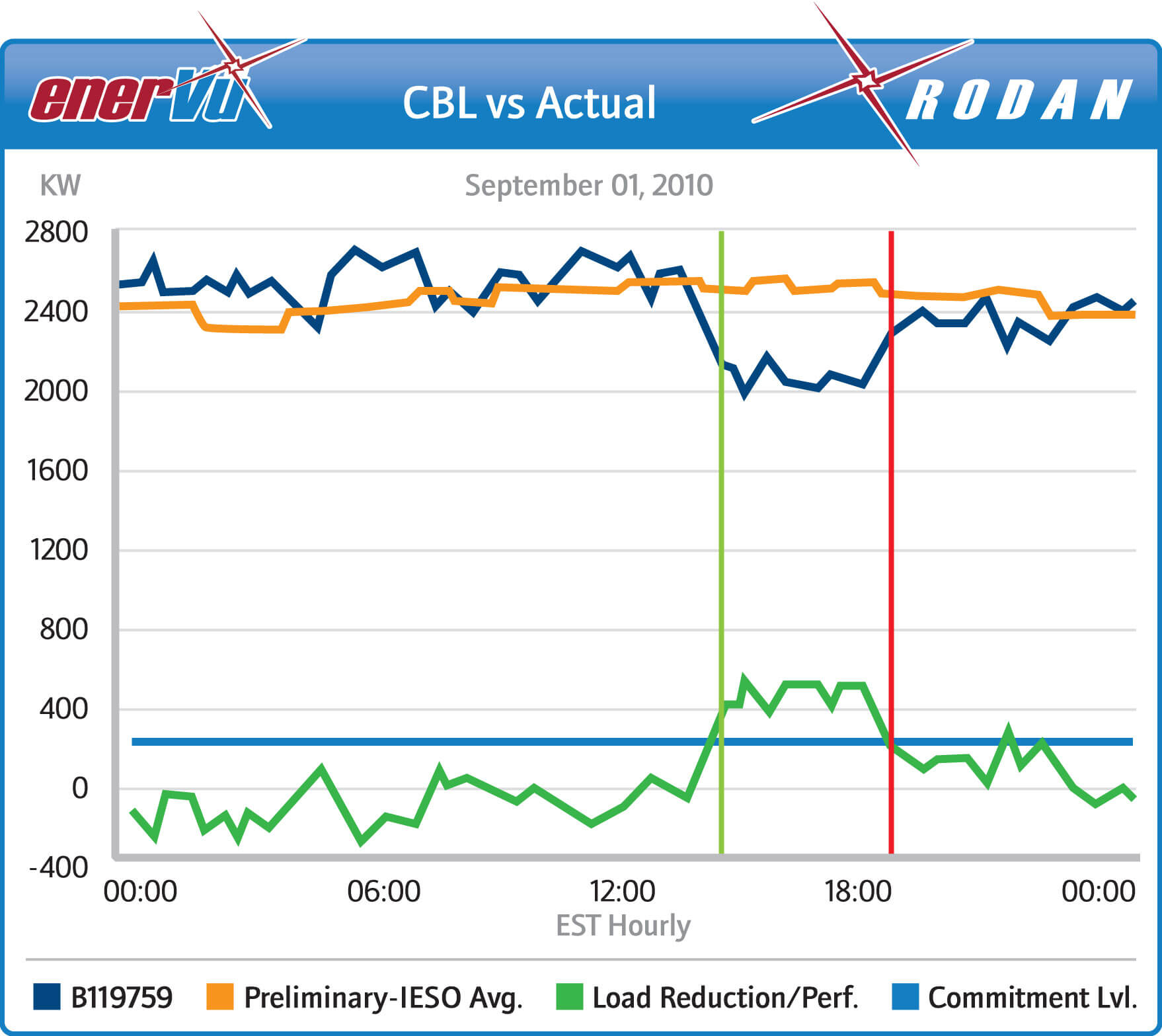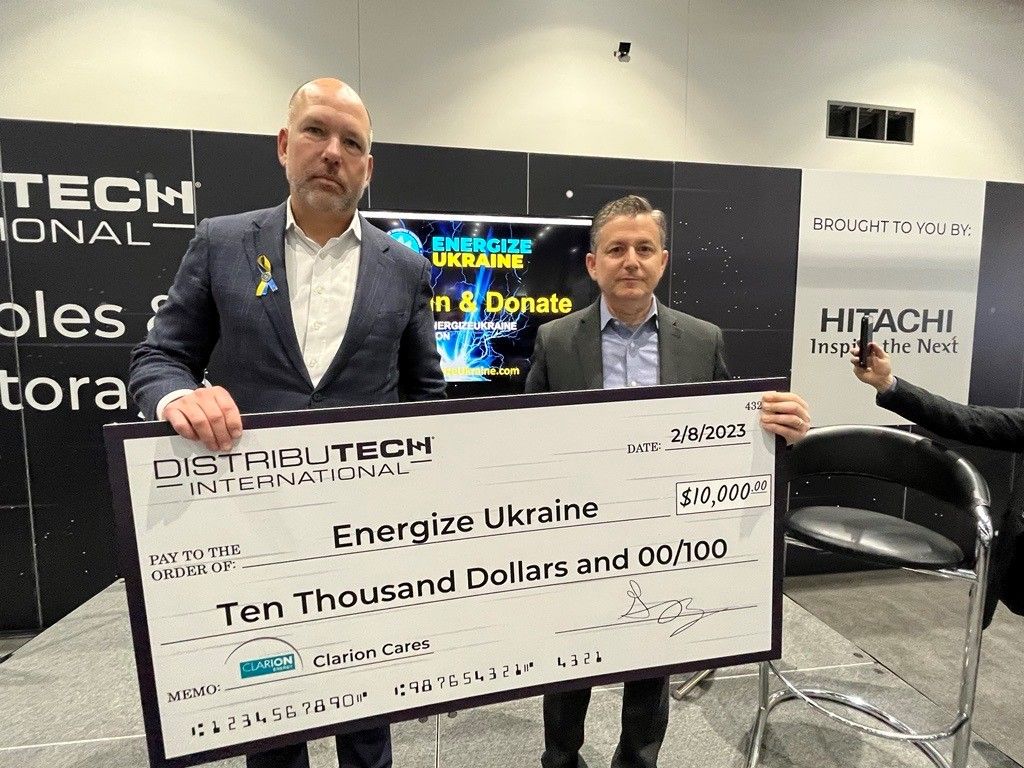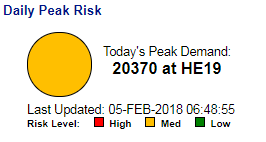The following is an article published in the April 2015 edition of 20/20 Canadian Manufacturers and Exporters’ Magazine.
Demand Response in Ontario has been evolving steadily over the last decade and a half and is poised to make a substantial transformation from program-based delivery toward a market approach. To understand where we are headed, it makes sense to review where we’ve been.
For the purposes of this discussion, Demand Response (“DR”) occurs when a consumer of electricity reduces their consumption in response to a request. These requests are often known as curtailment events, or simply “events”, and are typically issued by the local utility or the system operator (the IESO in Ontario). Although there are many different kinds of Demand Response (including residential offerings like time-of-use, critical peak pricing and peaksaver PLUS), this discussion focuses on Demand Response as it applies to the commercial, industrial and institutional sectors (CI&I).
DR programs can be mandatory (usually better compensation, but tougher rules) or voluntary (easier to participate but less money). Programs in Ontario have tended to be mandatory, where an availability payment is paid every month in exchange for a contributor’s guaranty that they’ll be ready to curtail whenever called during specific program hours. Availability payments are made every month even if there are no events. In most programs, an additional “utilization payment” is provided but only when an event is called.
DR Past and Present
Early IESO programs (such as TDRP and ELRP in the early 2000s) did not enjoy widespread participation due to a general lack of customer awareness of DR and insufficient financial incentives. DR maintained a reasonably low profile until about 2006 when the Ontario Power Authority (OPA) opted to address a regional constraint in Northern York Region using Demand Response as the solution. The program was designed to call on commercial and industrial consumers in the affected area to curtail their load during peak times. The specific goal was to mitigate peak loading on the Armitage Transformer Station until longer-term infrastructure could be brought online. The early success of this program was followed by several Local Distribution Companies (LDCs) launching their own pilot programs, which in turn helped spread familiarity with Demand Response further afield.
CI&I Demand Response moved into the spotlight with the introduction of the DR3 program in 2007. DR3 was part of a suite of province-wide Demand Response programs announced by the OPA (more on the others in a moment). DR3 is a contractual or mandatory program that pays an availability payment each month, plus a utilization payment for each event. While the incentives for DR3 are clearly more generous than previous DR offerings, this is somewhat offset by very rigid delivery requirements and an unforgiving penalty structure to encourage reliable performance.
DR3 allows contributors with facility peak load in excess of 5 MW to participate directly. Contributors with smaller loads (some as small as 50 kW) are allowed to participate through an approved DR3 Aggregator. Many large contributors who could participate directly still choose to take advantage of the services of an aggregator, as aggregators can offer many advantages that may not be immediately obvious:
- Shoulder prudential requirements on behalf of the contributor to allow them to participate in DR without encumbering their own balance sheets with onerous performance securities;
- Bundle smaller loads that would be unmanageable for the OPA to enroll on their own;
- Provide pre-enrollment services to assist organizations of any size without the necessary staff and expertise to properly assess their curtailment potential, develop curtailment strategies;
- Provide the expertise to handle all of the technical and administrative overhead required to enroll and maintain a facility and to navigate the various governmental agencies on the contributor’s behalf;
- Provide telemetry to foster greater energy awareness and facilitate curtailment events;
- Shield the contributor from the full brunt of the OPA penalties and their related complexities;
- Submit weekly meter data on the contributor’s behalf to protect them from meter data penalties resulting from late or incorrect data.
Although companion programs (DR1 and DR2) were also offered by the OPA, DR3 has been the most popular in both magnitude and the number of participants. DR1, in its various forms, was a semi-voluntary program but the incentives were minimal. DR2 was moderately successful but was only viable for facilities that could permanently shift load from peak times to off-peak times.
DR3 boasted the widest adoption in part because the parameters of the program were the most appropriate for the target contributors. In addition, it provided a reasonable compensation stream and flexible contract terms of 1, 3, or 5 years. Another factor in the success of the program was the aggregation model that enabled smaller facilities to participate. The success of DR3 has resulted in a diverse cross-section of contributors of all sizes, and a healthy Ontario aggregator community.
DR Present – DR3 Becomes CBDR
As a result of the Ministerial directive issued on March 31, 2014, operational control of DR3 was transferred from the OPA to the IESO. One of the unanticipated consequences of this change was that a moratorium was placed on adding any new capacity to the system.
During the balance of 2014, the IESO began public consultations on the evolution of Demand Response in Ontario. In the meantime, new operating rules and structures were created to allow the existing DR3 assets to carry on under the IESO. As a part of this exercise, DR3 has undergone a name change and as of April 1, 2015 is known as “CBDR” – Capacity Based Demand Response. CBDR’s sole purpose is to allow existing DR3 contributors to continue on as in DR3 until their contracts expire and the new DR design is operational. By 2018, all existing DR3/CBDR contracts will have expired, and the capacity that was originally enrolled in DR3/CBDR will be eligible for the new DR Auction.
DR Future
The future of DR in Ontario is still coalescing, but enough detail has emerged to provide a good idea of where things are headed.
The immediate successor to DR3/CBDR will be the Demand Response Auction. The DR Auction is a new concept in Ontario that is currently under development and scheduled to debut in December of 2015. The intention is to create a market-based delivery mechanism for demand-side resources rather than traditional program-based instruments like DR3. As a part of this new market, the IESO will procure DR resources annually through an auction process. The first few DR Auctions will be limited to replacing expiring CBDR capacity, but new capacity could be added as the IESO seeks to address changing system requirements and policy objectives like the Long Term Energy Plan. It is thought that this approach will encourage competition, lower costs and provide contributors with a more robust and persistent DR delivery mechanism.
DR Future – DR Auction
The purpose of the DR Auction is to allow load-side resources to competitively bid on supplying the IESO with a targeted number of MW in specific regions on a seasonal basis. The current auction design calls for procurement of capacity in December for delivery in May of the following year. Under the current design the delivery period will last one year (i.e. two 6-month seasonal periods), resulting in a new auction every year.
The detailed mechanics of how contributors bid into the auction and how prices are set is outside the scope of this discussion, but in general terms, the IESO will create a report prior to each auction specifying the target number of MWs to procure and their regional distribution. Each contributor will bid their availability price and the number of MW they will be providing for each region. The IESO adds each contributor’s bid to the stack starting with the lowest price and continues adding contributors until the target MW value is reached. Whatever the price was on the last bid that filled the MW target sets the price for all the contributors that went in before. This price is known as the clearing price, which in turn sets the availability payment. Many additional details are involved (from collecting meter data to specifying the correct Qualifying Capacity value in order to become an actual contributor) but this outlines the general concept.
DR Future – Delivery into the Real Time Energy Market
Success in the DR Auction allows participation in the IESO real time energy market. Operationally, this will be far different from what we are used to in Ontario for DR. The first departure is that there will no longer be curtailment events as we have known them; activation is based on a strike price that is mandatorily bid-in to the IESO on the day before, and again on the day at hand. The contributor can adjust the strike price to make activation more likely or less likely, however the strike price does not affect compensation in any way; its only effect is to make activation more or less likely.
There is also a shift of onus from the IESO to the contributor to watch for dispatch instructions. With DR3/CBDR, Standby and Activation notices are sent by the IESO directly to the contributor (or their aggregator) when the trigger conditions are met. Under the new market paradigm, the contributor must monitor private IESO reports themselves to watch for standby and activation notices to assess when their load has been scheduled and ensure they dispatch accordingly. No notices will be pushed out by the IESO and any missed dispatches will be penalized. Both the notification monitoring and mandatory bidding requirements are excellent examples of the role aggregators can play in lessening the operational burden for contributors.
Compensation – the new market-based DR will preserve the concept of an availability payment, but the amount of the payment will be based on the clearing price established in the preceding DR Auction. Unlike DR3/CBDR, there will be no utilization payments when loads are dispatched.
Looking Further Ahead
Given that the first auction and delivery period is still ahead of us and there is no operational experience with the DR Auction yet, it’s a bit difficult to say exactly what the future beyond the Auction will be. However, it is safe to say that philosophically, the ultimate end game of the DR Auction is probably integration with a broader provincial Capacity Market, where load-side resources and generators compete on an equal footing. It is also likely that the market will expand to take advantage of new Demand Response products with different response rates, durations and notification periods to meet emerging system needs.
The capacity market is still in the early planning stages but it seems likely that some of the lessons learned in the upcoming DR Auction will build on the success of DR3 and inform the broader design principles of the new capacity marketplace.




